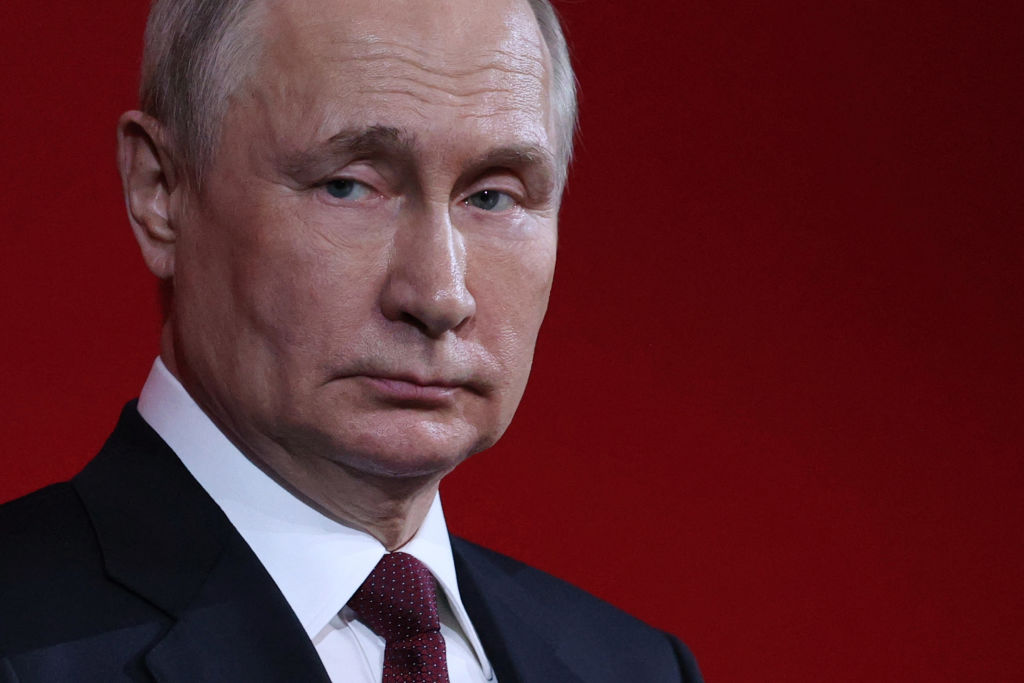Russia has launched five waves of missile strikes against Ukraine’s civilian infrastructures since 10 October. These strikes have damaged or destroyed almost half of Ukraine’s electricity infrastructure and made blackouts a way of life across Ukraine and neighboring Moldova. Nato Secretary General Jens Stoltenberg has aptly accused Russia of ‘weaponising winter’ against Ukraine and Ukrainian President Volodymyr Zelensky has warned that Russia will not ‘calm down’ as long as it has missiles. Russia’s deployment of a warship capable of carrying Kalibr missiles to the Black Sea suggests that the worst may be yet to come for Ukraine’s war-ravaged cities.
Russian propagandists have framed these strikes as retribution for the ‘Donbas genocide’ or as a means of deterring Ukraine from recapturing Crimea.
Russia’s relentless strikes against Ukrainian cities are in some ways surprising – as they occur at a time when the Russian military’s precision missile stocks have been severely depleted. Russia has been forced to use Soviet-era Kh-22 missiles and nuclear cruise missiles to compensate for these shortfalls and has refashioned S-300 air defence missiles for offensive purposes.

Get Britain's best politics newsletters
Register to get The Spectator's insight and opinion straight to your inbox. You can then read two free articles each week.
Already a subscriber? Log in






Comments
Join the debate for just £1 a month
Be part of the conversation with other Spectator readers by getting your first three months for £3.
UNLOCK ACCESS Just £1 a monthAlready a subscriber? Log in